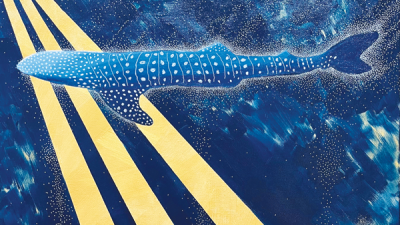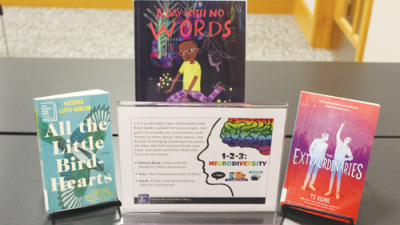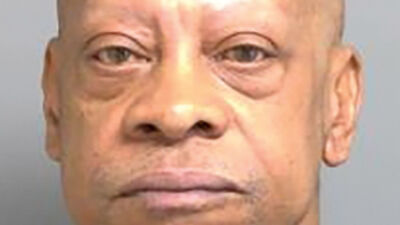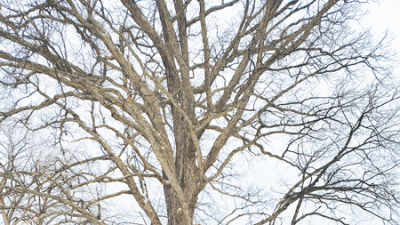MOUNT CLEMENS — The Anton Art Center has many things. From its gallery to its studio and classes, the Mount Clemens center has nearly everything related to the world of arts.
And while the center has nearly everything, is it a place for everyone?
“Representation of people of color both in artwork and as artists of public artwork … has really not been there,” Phil Gilchrist, executive director of the Anton Art Center, said.
In order to correct this historically lagging representation, the Anton Art Center has begun work on a new mural focused on the lives and experiences of Black, indigenous and people of color (BIPOC) residents of Mount Clemens, Macomb County and the region as a whole.
The project is currently being worked on by two artists, Ypsilanti-based illustrator and graphic designer Jay Hero and Detroit-based poet jessica Care moore. Hero is designing the mural, while Care moore is crafting a haiku for Hero to incorporate into the mural.
“I decided to tell a story that centralized a little Black girl who I like to call Kiyonna,” Hero said. “Kiyonna exists holding the will and power of her people.”
Kiyonna is flanked by butterflies representing her ancestors, her hands holding a light radiating across the mural. Flames also radiate from Kiyonna’s hands, acknowledging the Native American tribes that make up the Council of Three Fires alliance (Ojibwe, Odawa and Bodéwadmi [Potawatomi]). Beneath Kiyonna’s hands are white hands covered in blood, and a church is located beneath the blood-soaked hands. Roses and other flowers are seen throughout the design, while protestors and historical figures Marsha P. Johnson, Toni Morrison, A.J. Blackbird and Waunetta McClellan Dominic can be seen along the sides.
The mural touches on how people of color have fought against white supremacy and various sources of oppression throughout United States history. Hero acknowledges that some elements of the design will have different meanings to different people and communities.
“When it comes to Black and brown people and the liberation of Black and brown people … you have to also embrace intersectionality,” Hero said. “For example, how the church impacts transgender or Black transgender women, how the church has marginalized or has silenced or has completely erased the cultures of indigenous Americans. There is a conversation to be had there, but there is also a conversation to be had about people … who see the church as a safe haven, as a place of love, of community, of respect (and) of healing. I think it is interesting to have (the church) centralized.”
The goal of adding the works of more BIPOC artists into the Anton Art Center’s collection came from the Inclusivity, Diversity, Equity and Access Council.
“The council was formulated to help advise staff and board members here at the Anton on measures that we can take or things that we should be looking at or considerations for ensuring that we are a welcoming and inclusive organization,” Gilchrist said.
The IDEA Council had recommended expanding the representation of BIPOC artists ever since it was founded in the summer of 2020, and the center worked with the council to find artists to help assemble the mural. Gilchrist said the center held several community discussions on representation within the art world throughout 2021 and early 2022, which helped the center’s staff learn the experiences of BIPOC artists and helped the artists understand what issues matter the most to the Mount Clemens and Macomb County communities.
While there are plans to eventually paint the mural on an extension of the Anton Art Center, the mural will be unveiled in the form of a printed banner until facade issues are resolved. There is no set date for the mural unveiling.
 Publication select ▼
Publication select ▼
















